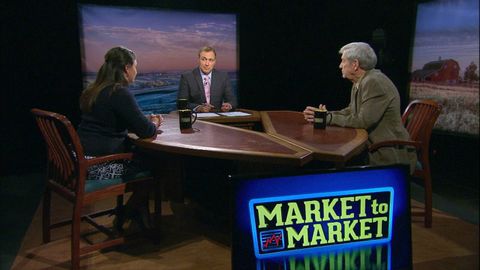
Subtitles & vocabulary
Market Plus - Elaine Kub and Walt Hackney
00
哈維 posted on 2016/10/18Save
Video vocabulary
year
US /jɪr/
・
UK /jə:/
- Noun (Countable/Uncountable)
- Unit of time equal to 12 months or 365 or 366 days
- Used to refer to the age of a person
A1
More sheep
US /ʃip/
・
UK /ʃi:p/
- Noun (Countable/Uncountable)
- Animal with a woolly coat raised for meat or wool
- Noun
- Person who behaves as others do, without thinking
B1
More warm
US /wɔrm/
・
UK /wɔ:m/
- Verb (Transitive/Intransitive)
- To become more friendly or to like something
- To make something hotter
- Adjective
- Friendly, sincere and kind to others
- Being friendly or sincere
A1
More eat
US /it/
・
UK /i:t/
- Verb (Transitive/Intransitive)
- To put food in your mouth
- (of a substance, especially acid) to destroy or wear away (something) gradually by chemical action.
A1
More Use Energy
Unlock All Vocabulary
Unlock pronunciation, explanations, and filters
